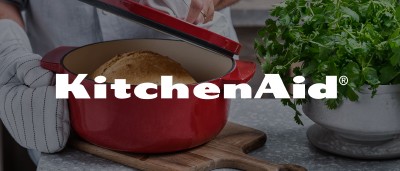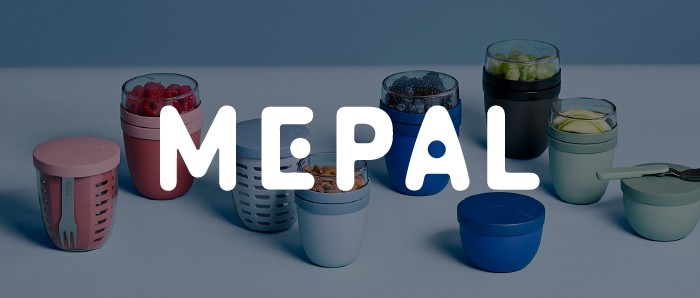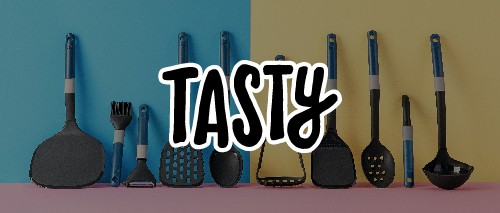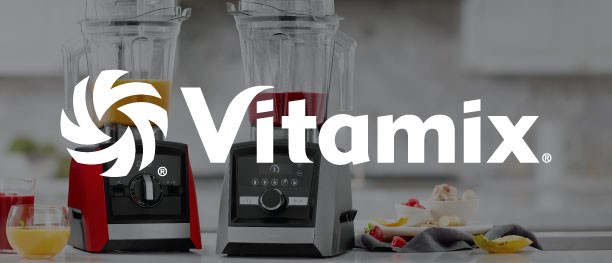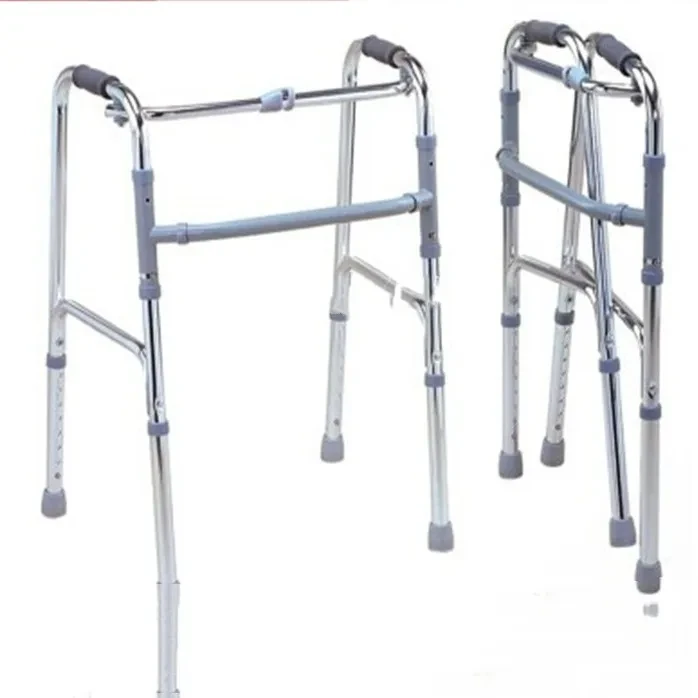
Walkers for Elderly
Description Material Metal Product Attributes Ordinary, Oversize Package Size 1000*500*100(1mm)
Product information:
Material: aluminum alloy
Applicable scene: fitness equipment, health massage, fitness and beauty
Specification: adjustable
Features:
Light walking vehicle
Easy-to-use button mechanism allows pedestrians to fold easily
Folded independently on both sides for easy movement in narrow space
Side cross braces provide additional durability
Button, height adjustable leg
Height adjustment: 32 "- 39"
Easy-to-use button mechanism allows pedestrians to fold easily
Folded independently on both sides for easy movement in narrow space
Packing list:
1*Walking aid
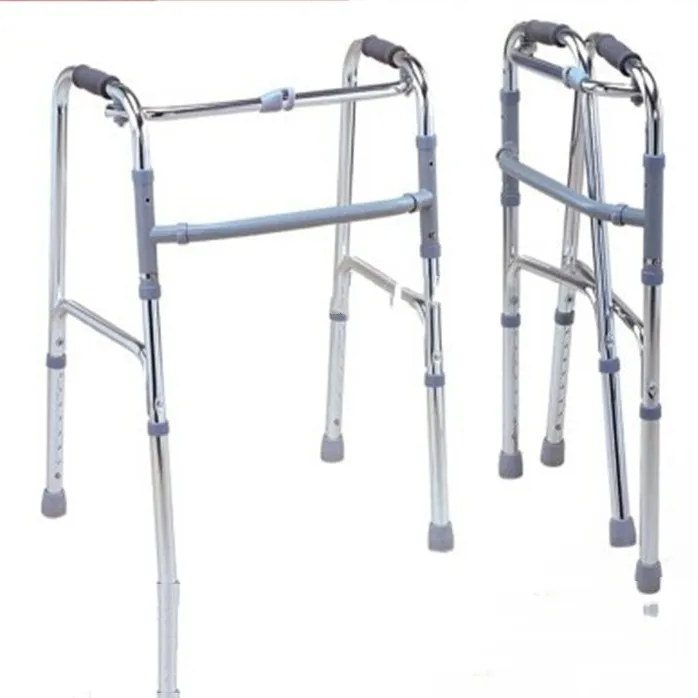
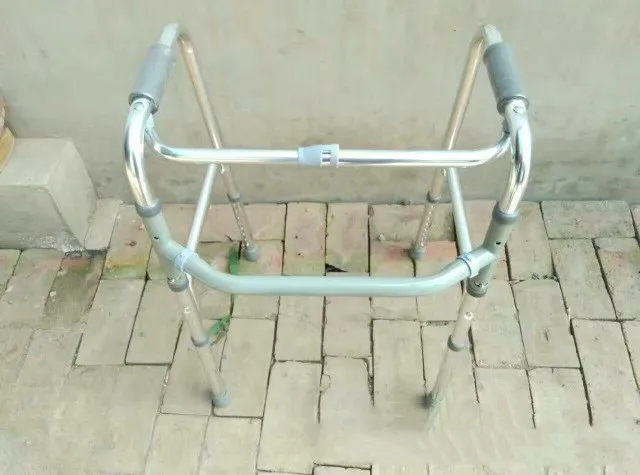
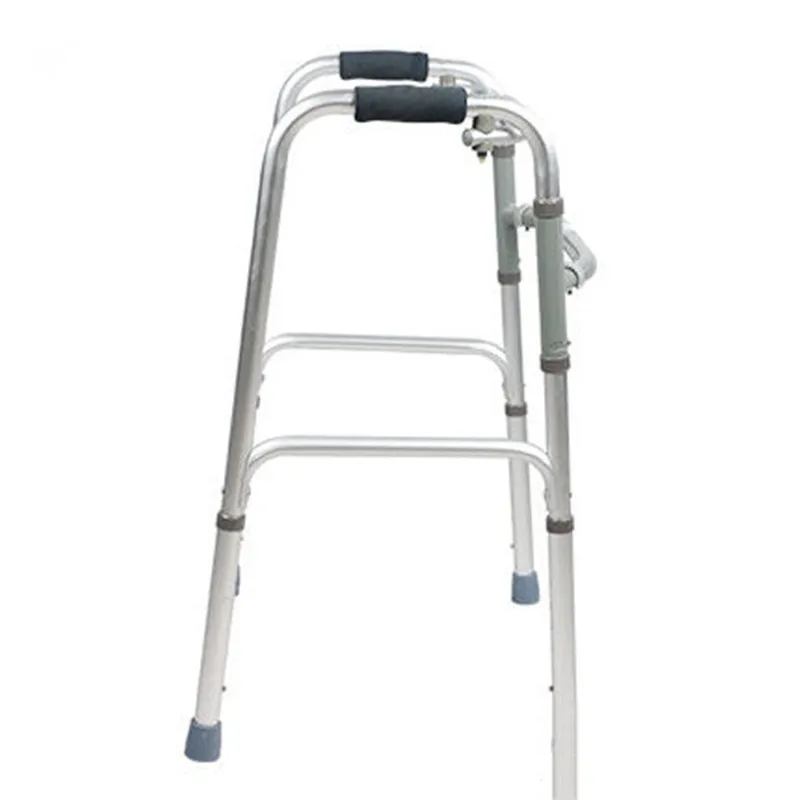
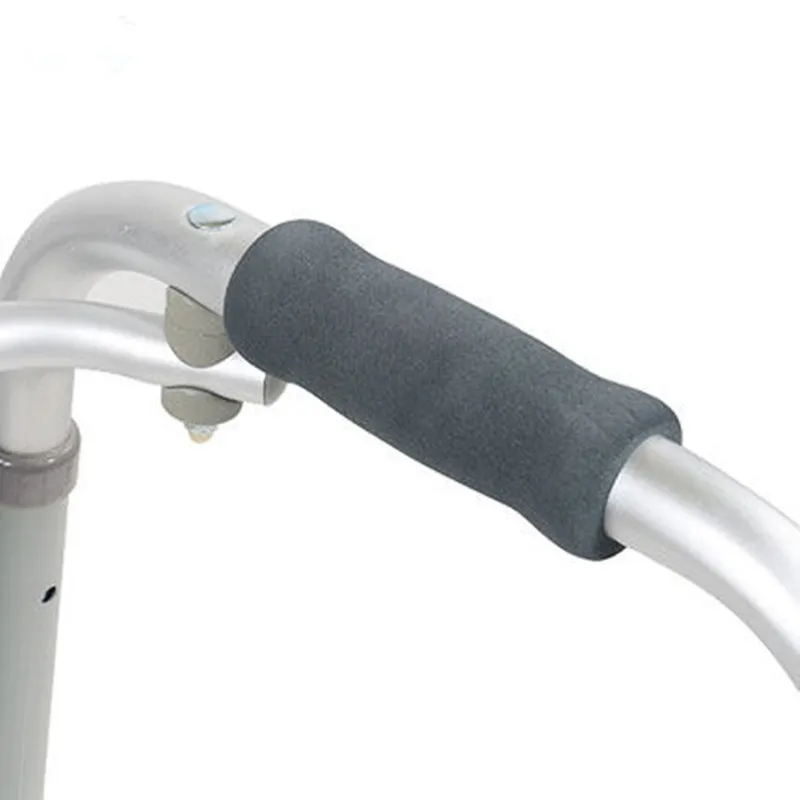
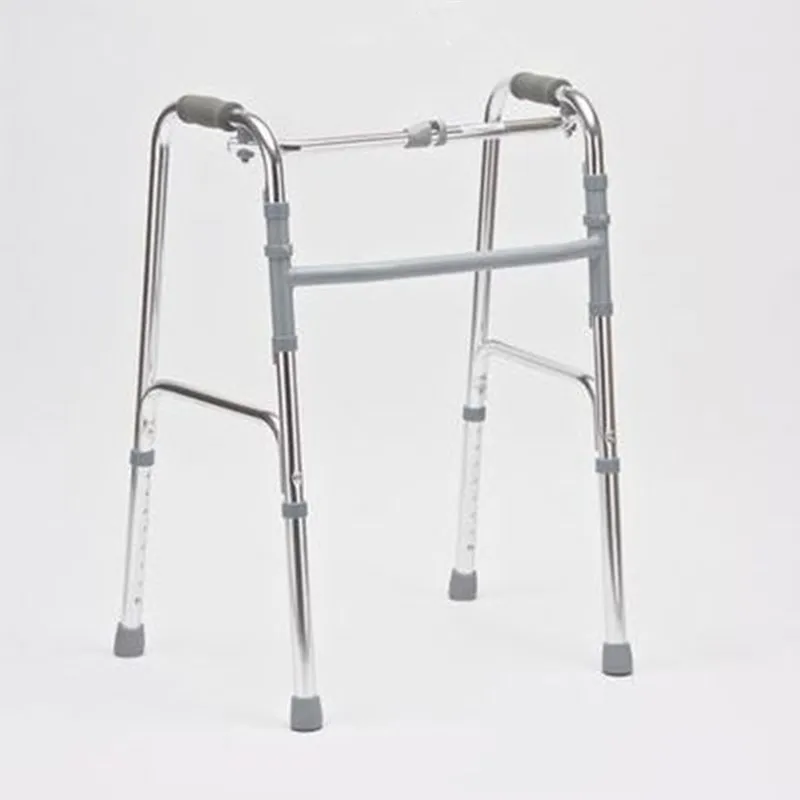
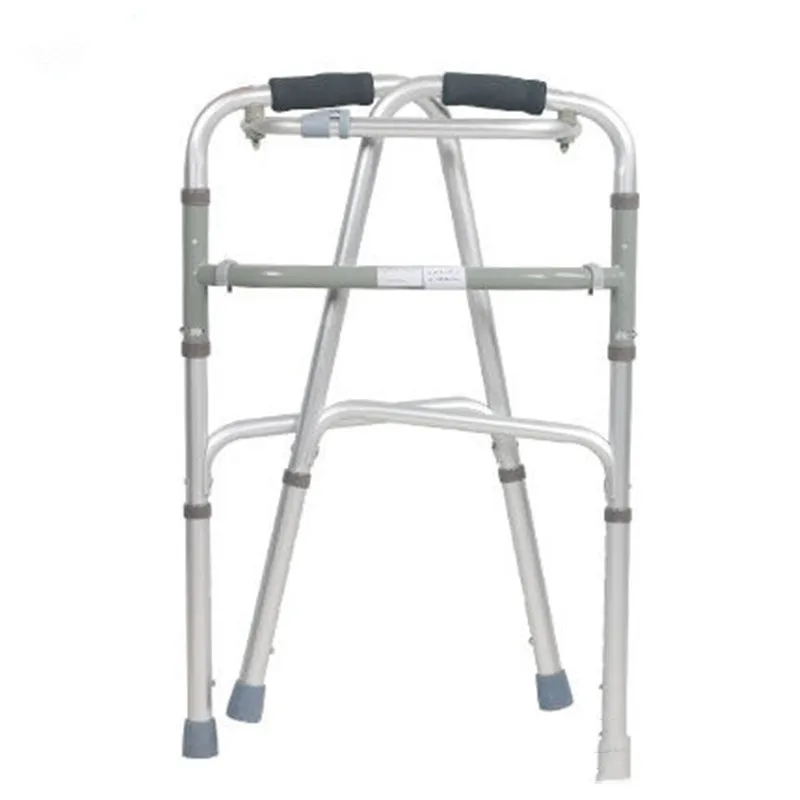
Product Title: Walkers for Elderly – Enhance Mobility and Independence
Walkers for elderly individuals are an essential tool for improving mobility, providing stability, and ensuring safety. Whether dealing with balance issues, recovering from surgery, or simply in need of assistance with walking, a walker can be a game-changer. These walking aids allow seniors to move around with confidence, reducing the risk of falls and encouraging greater independence. Walkers designed for the elderly come in various styles, each offering unique features that cater to specific needs, ensuring maximum comfort and support.
Why Choose Walkers for Elderly?
Walkers for elderly individuals are designed with comfort, safety, and ease of use in mind. They provide several benefits that can help improve quality of life for seniors who may struggle with mobility. Here’s why these walkers are an essential aid for seniors:
-
Increased Stability: Walkers offer the extra support that elderly individuals need when walking, helping to prevent falls
and reducing the risk of injury. The four legs or wheels provide a steady foundation, ensuring more balance and stability with every step.
-
Enhanced Independence: For seniors with limited mobility, a walker can significantly boost their ability to move around
independently, without the need for constant assistance. This increased independence can improve mental and emotional well-being, giving
seniors a sense of freedom.
-
Comfortable Design: Many walkers for elderly individuals are designed with ergonomics in mind. Features like padded
handles, adjustable heights, and cushioned seats ensure that users are comfortable and well-supported while using the walker.
-
Lightweight and Easy to Use: Most walkers are lightweight and easy to maneuver, making them simple to handle. Some models
are foldable, allowing for easy storage and portability.
-
Convenient Features: Modern walkers often come with additional features like built-in seats, baskets, and trays, making it
easier to carry personal belongings, take breaks, or store items while on the go.
Features of Walkers for Elderly
When choosing a walker for elderly individuals, there are several key features to consider that can provide optimal support and comfort. Here’s what to look for:
-
Adjustable Height: Ensuring the walker is the correct height for the user is crucial for both comfort and safety. Most
walkers are adjustable, allowing for customization to fit the individual’s needs.
-
Padded Handles: Ergonomically designed padded handles provide a comfortable grip, reducing strain on the hands and wrists,
especially for individuals who will be using the walker for extended periods.
-
Wheels or Glide Skis: Depending on the user’s needs, walkers can come with wheels (for easy maneuverability) or glide skis
(for increased stability on flat surfaces). Some models feature both, allowing for greater versatility.
-
Foldable Design: Many walkers for elderly individuals are foldable, making them easy to store and transport. This feature
is especially beneficial for those who travel or need to keep their walker out of the way when not in use.
-
Seats and Storage Options: Some walkers come with built-in seats, allowing users to rest when needed. Others feature
baskets, trays, or pouches for carrying personal items like a water bottle, medication, or keys.
-
Durable Frame: A sturdy frame made of materials like aluminum or steel ensures that the walker is both lightweight and
durable. These materials also help the walker withstand daily use while maintaining stability.
-
Non-Slip Rubber Tips: Walkers often come with rubber tips or feet that provide additional grip on the floor, preventing
slipping and enhancing overall stability during use.
Types of Walkers for Elderly
There are several different types of walkers available, each offering distinct features that cater to specific needs. Here’s a breakdown of the most common types:
-
Standard Walkers: These walkers feature four legs and no wheels. They offer the most stability but require more effort to
lift and move. They are ideal for users who need maximum support and are comfortable with lifting the walker as they walk.
-
Wheeled Walkers (Rollators): These walkers come with four wheels and are ideal for users who need a walker that is easier
to maneuver. Some models come with brakes, allowing for added control while walking. Rollators often come with built-in seats for resting
and may include baskets or pouches for storage.
-
Walker with Seat: These walkers combine the features of a traditional walker with the convenience of a built-in seat. This
type of walker allows the user to sit down whenever they need to rest. It’s an excellent choice for seniors who may tire easily while
walking.
-
Front-Wheeled Walkers: These walkers have two wheels on the front, providing better mobility and a smoother glide. They are
an excellent option for seniors who have good upper body strength but need some assistance with stability.
How to Use Walkers for Elderly
Using a walker for elderly individuals is simple, but it’s important to follow proper techniques to ensure maximum safety and effectiveness. Here’s a quick guide:
-
Adjust the Walker to the Right Height: The height of the walker should allow the user to hold the handles with their elbows
slightly bent (about 15 to 30 degrees). This ensures a comfortable and natural walking posture.
-
Position the Walker Correctly: Place the walker directly in front of you, with the front legs or wheels on the ground. Step
into the walker as you move forward, using the handles to support your body weight.
-
Move One Step at a Time: As you walk, move the walker a few inches ahead of you and step forward with one foot. Repeat this
process, ensuring that the walker remains steady before each step.
-
Use the Brakes (If Equipped): If your walker has brakes, make sure to engage them when sitting or when you need to stop for
a rest. This will ensure the walker doesn’t move unexpectedly.
-
Take Your Time: Walkers for elderly individuals provide stability, but it’s important to move slowly and with caution.
Avoid rushing and take small, steady steps.
Benefits of Using Walkers for Elderly
The use of walkers for elderly individuals offers a number of physical and emotional benefits:
-
Prevention of Falls: By providing stability and support, walkers help reduce the risk of falls, which can be especially
dangerous for seniors.
-
Improved Mobility: Walkers enhance the user’s ability to move independently, promoting an active lifestyle and the ability
to carry out daily tasks more easily.
-
Better Posture: A walker can help seniors maintain proper posture, as it provides support to the body during movement.
-
Increased Confidence: Knowing that they have a reliable mobility aid gives seniors the confidence to go about their day
without fear of falling or struggling with movement.
The product may be provided by a different brand of comparable quality.
The actual product may vary slightly from the image shown.
Shop amazing plants at The Node – a top destination for plant lovers

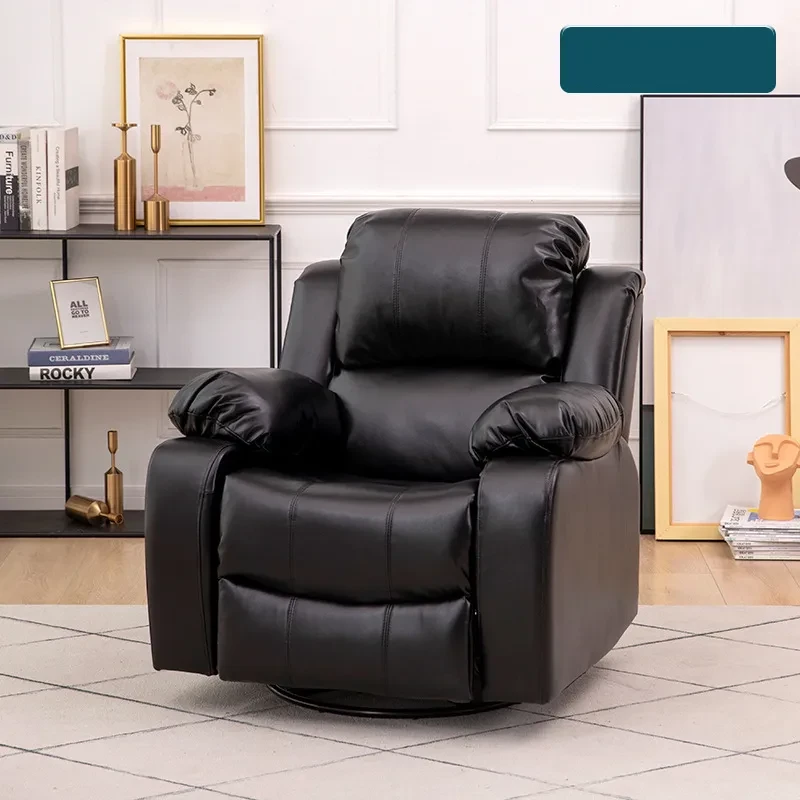
.png)
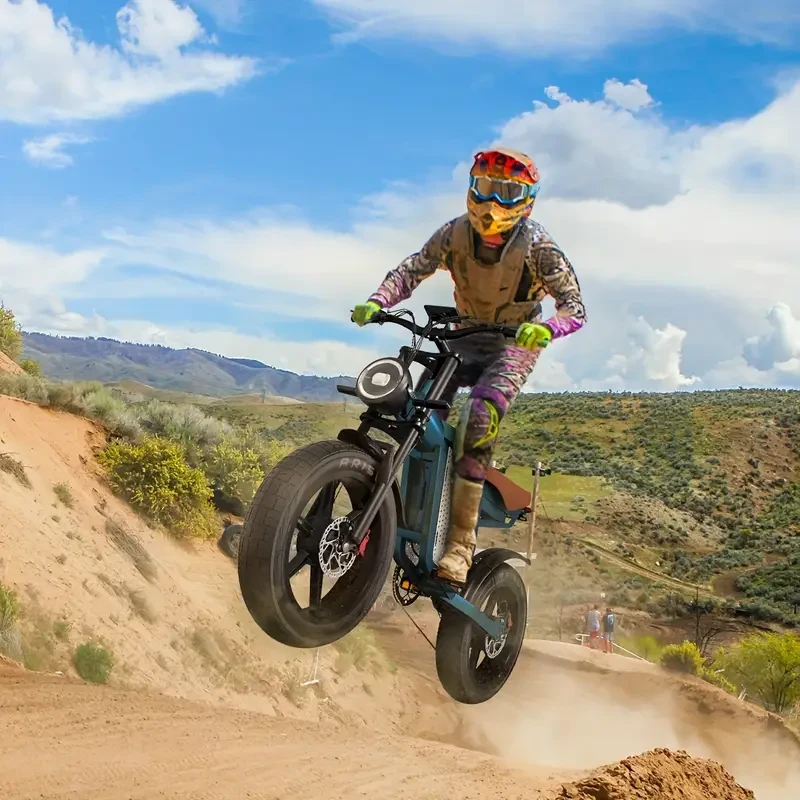
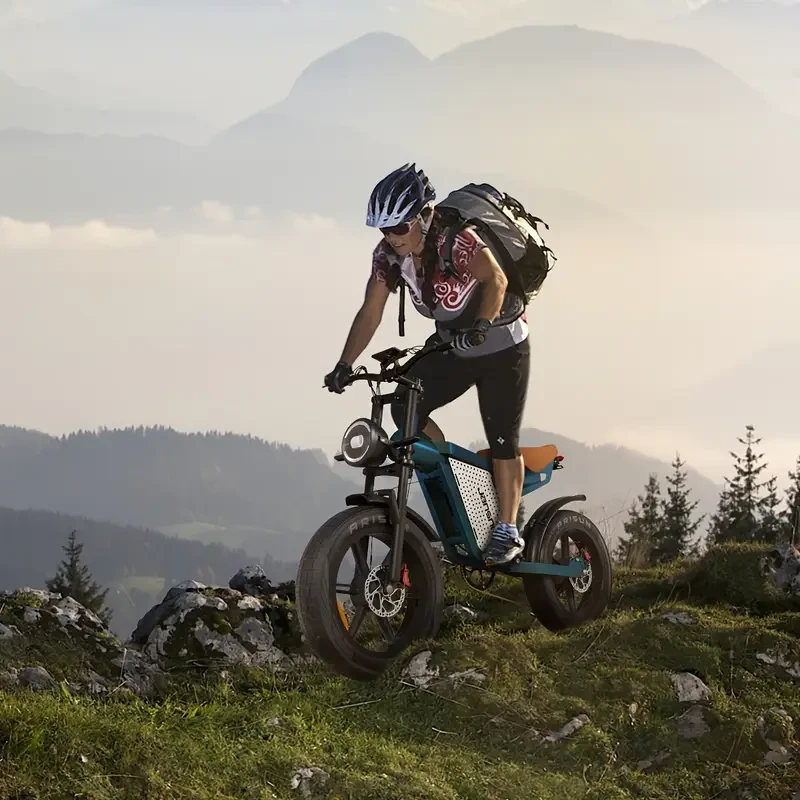

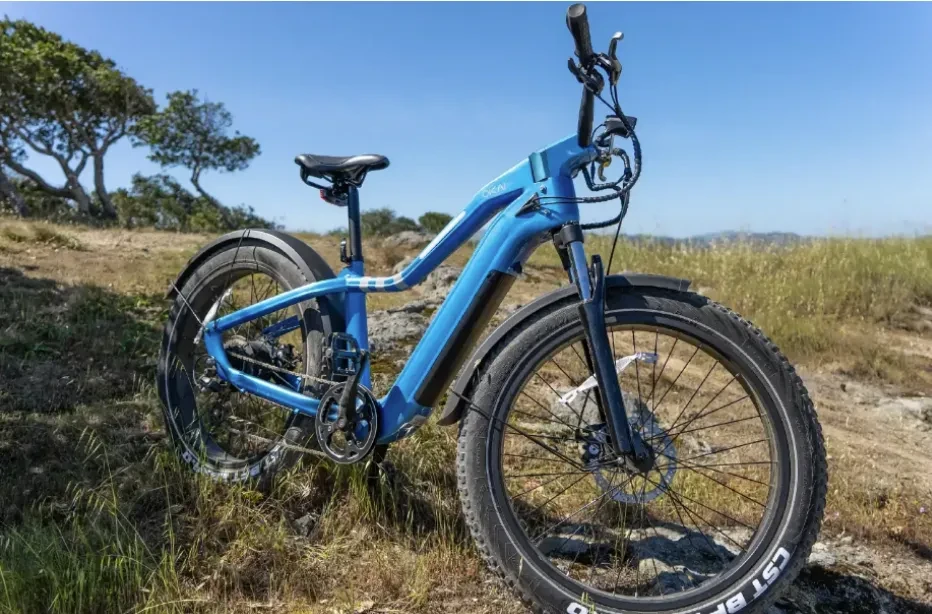

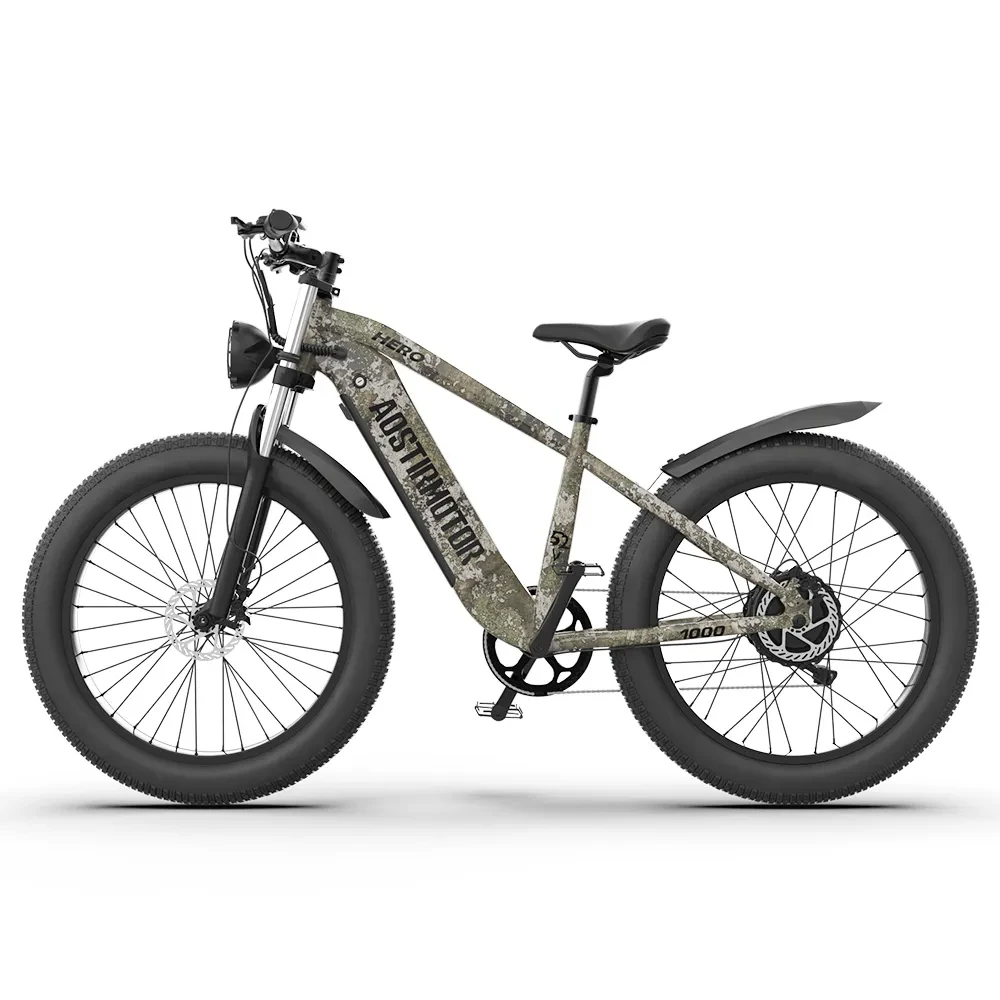
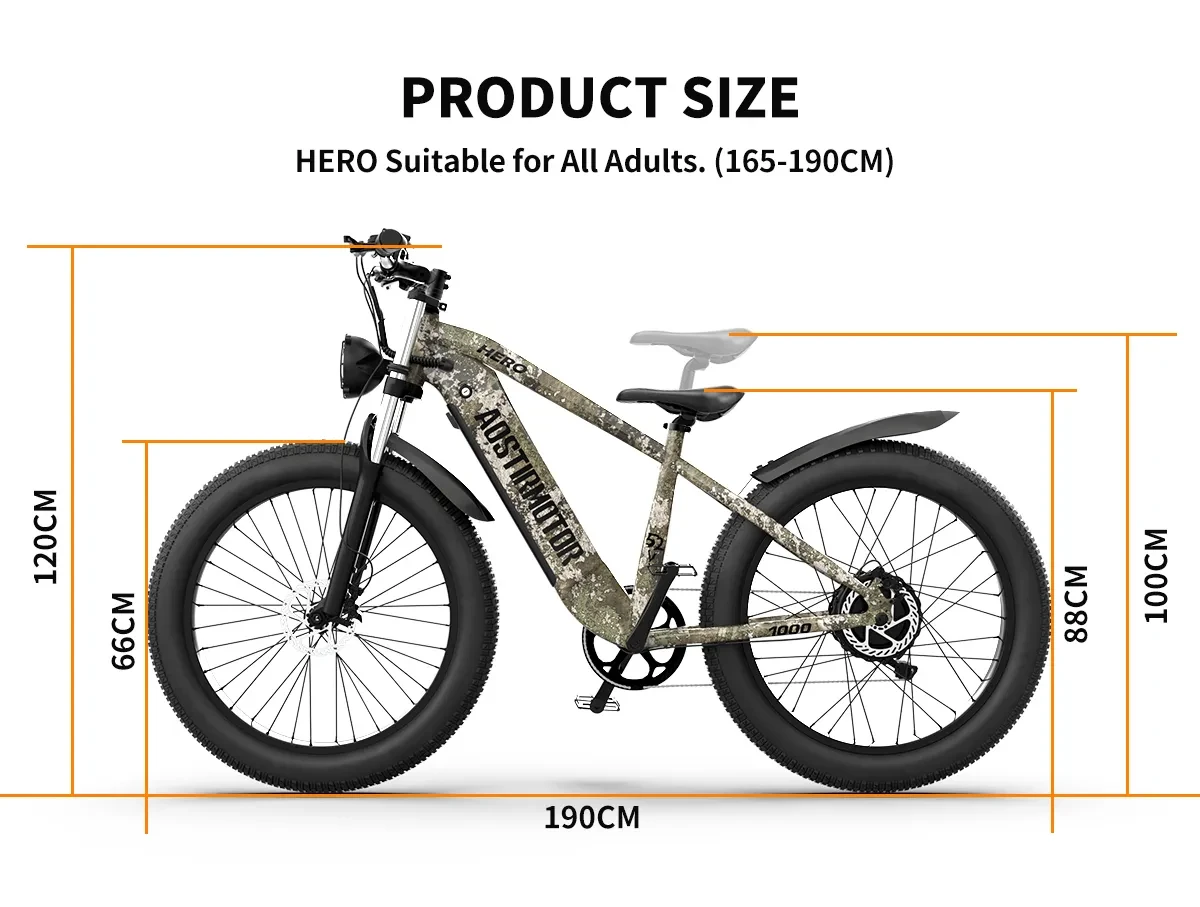
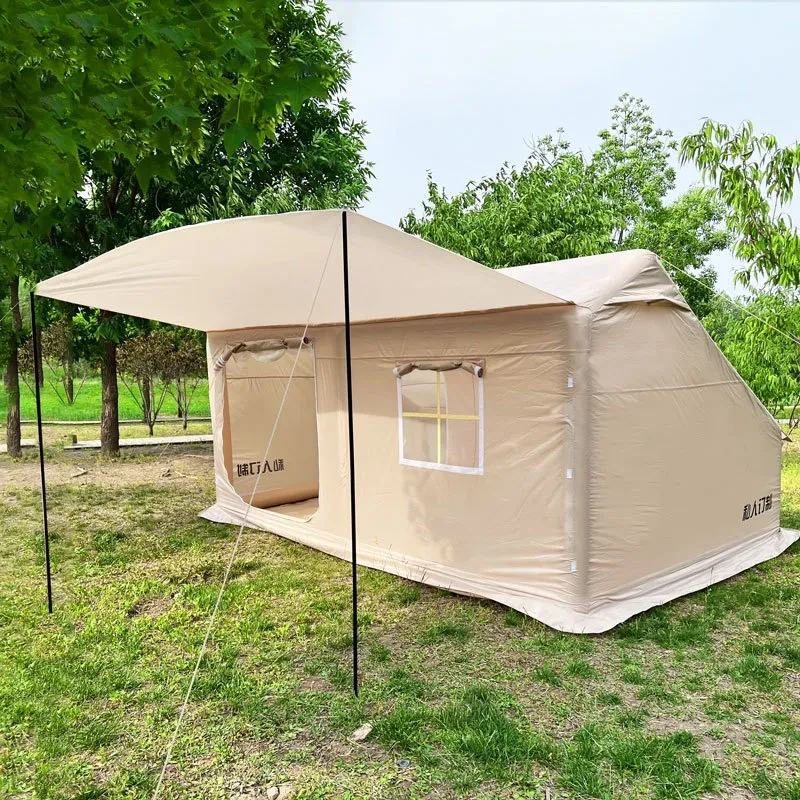
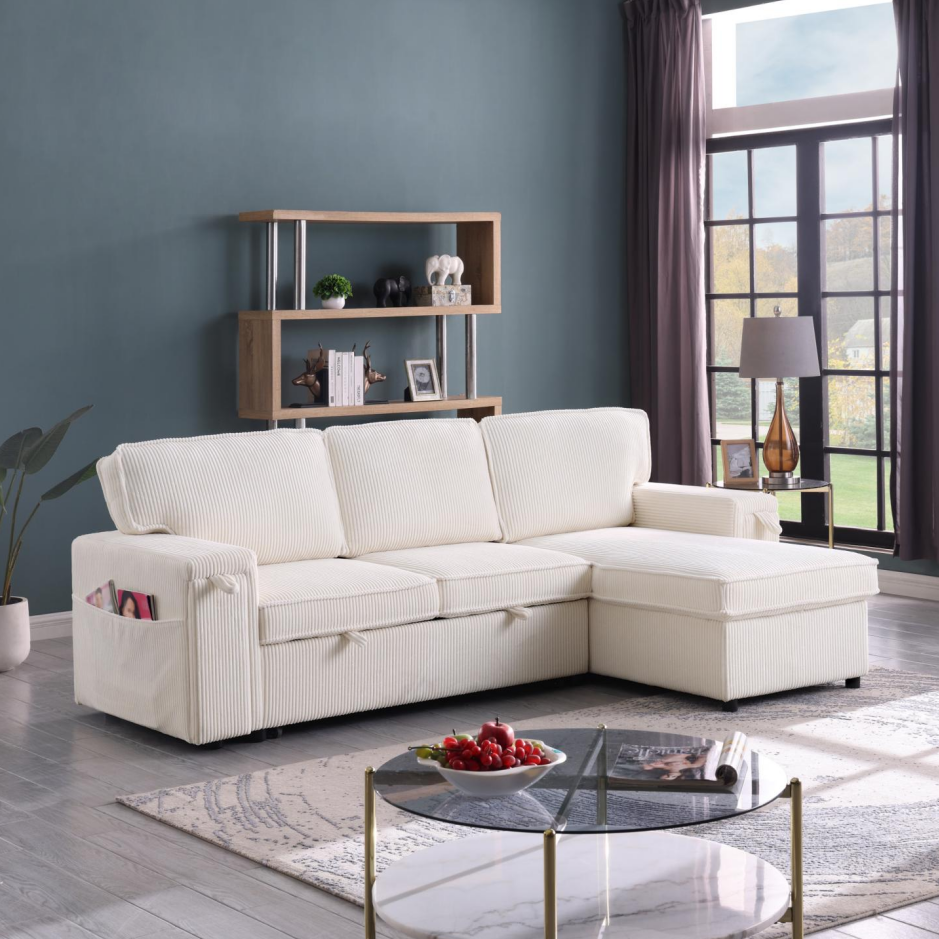
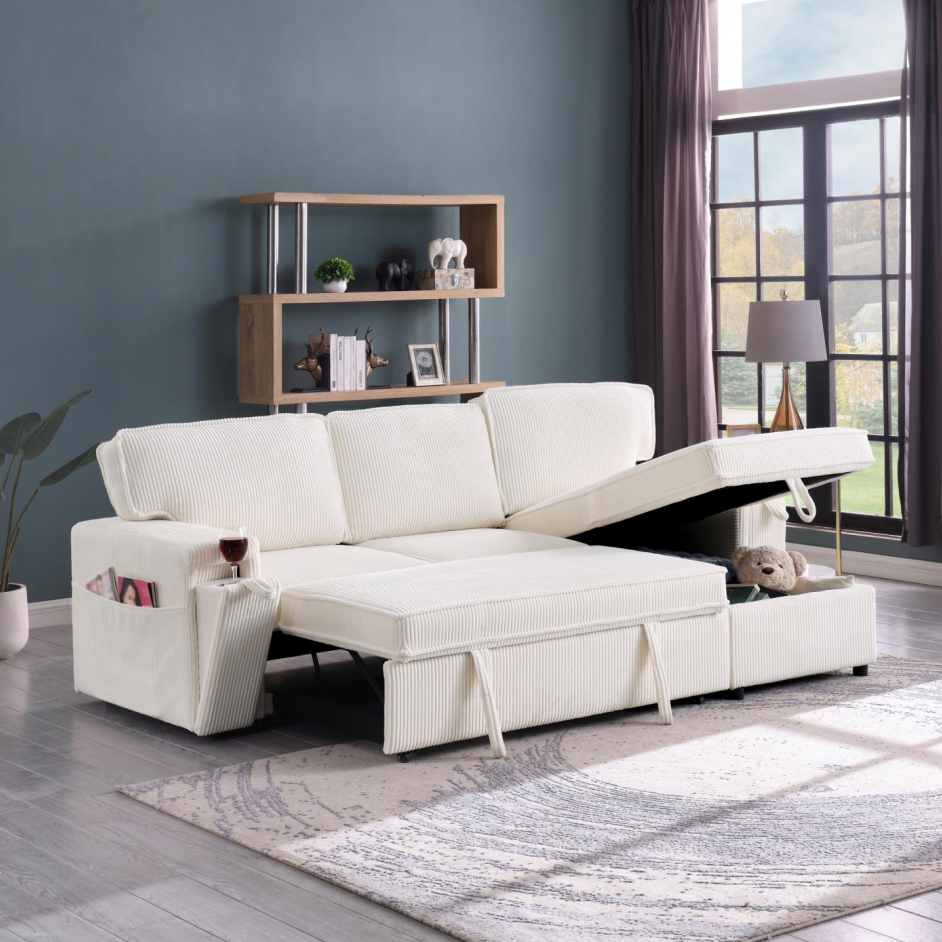


.jpg)









.jpg)





.jpeg)





.jpeg)



.jpeg)








.jpeg)



.jpeg)

.jpeg)

.jpeg)

.jpeg)
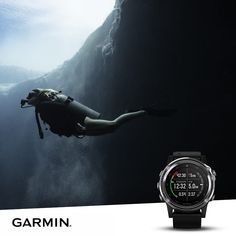



.jpeg)
.jpg)

.jpeg)






.jpeg)
.jpeg)




.jpeg)





.jpeg)


.jpeg)

.jpeg)

.jpeg)

.jpeg)







.jpeg)
.jpeg)
.jpeg)





.jpeg)



.jpeg)


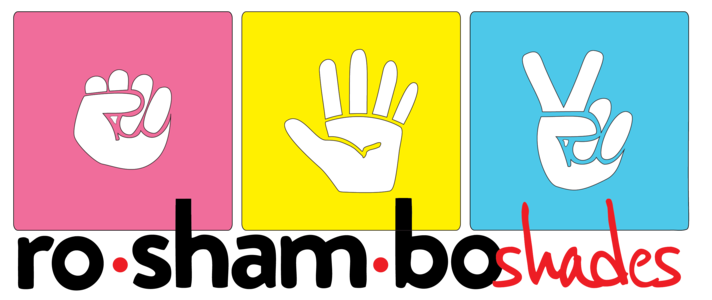

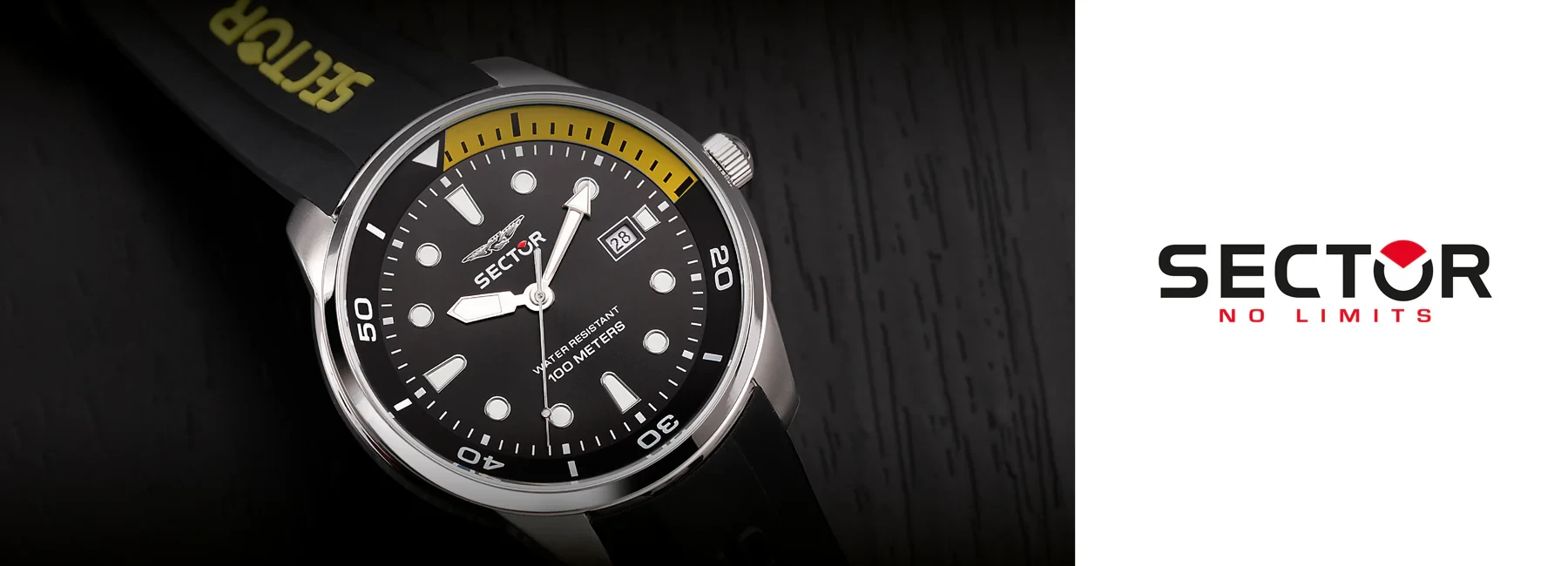

.jpg)
.jpeg)









.jpg)


ulva-Logo.jpg)




.jpeg)



.png)
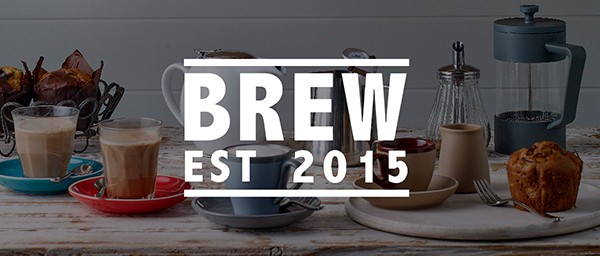









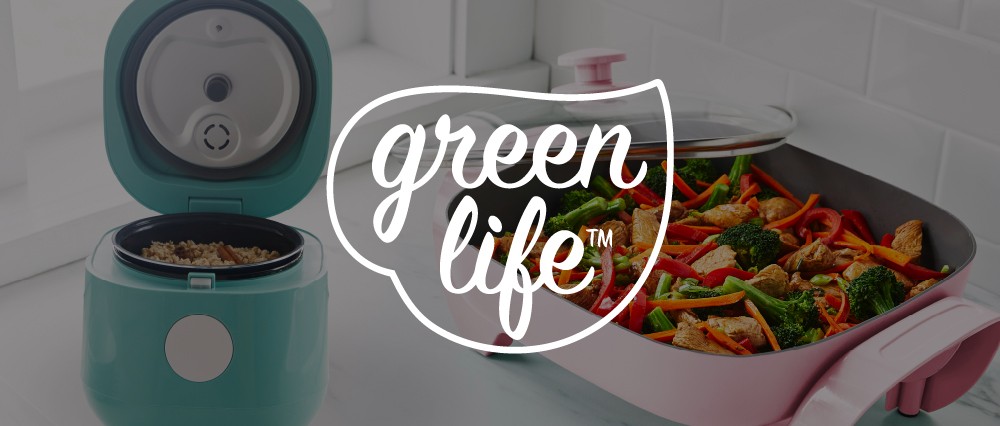



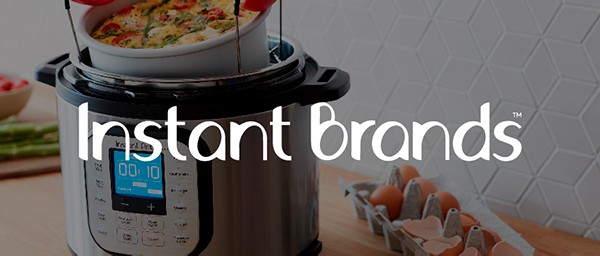
.png)


